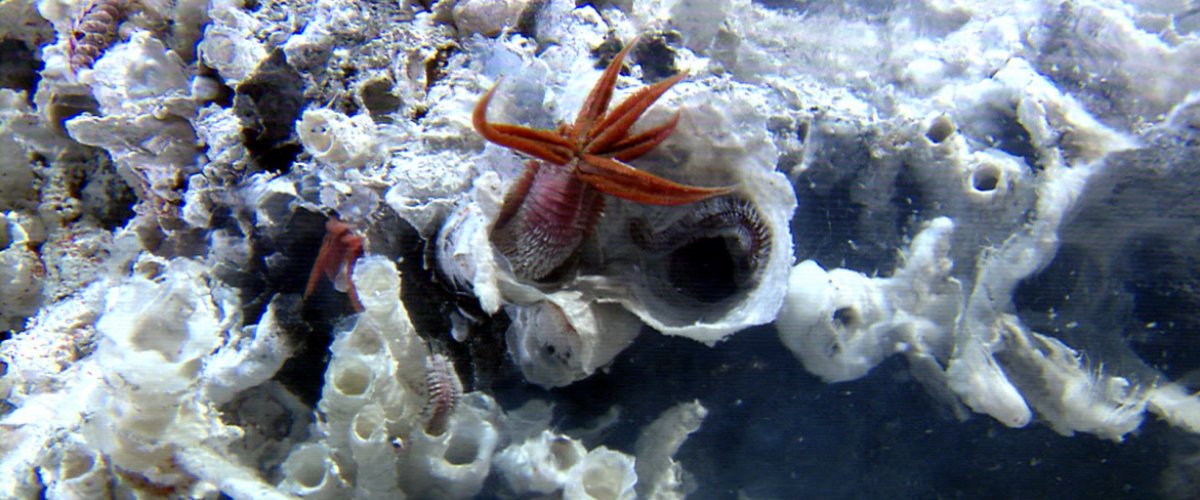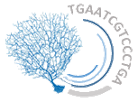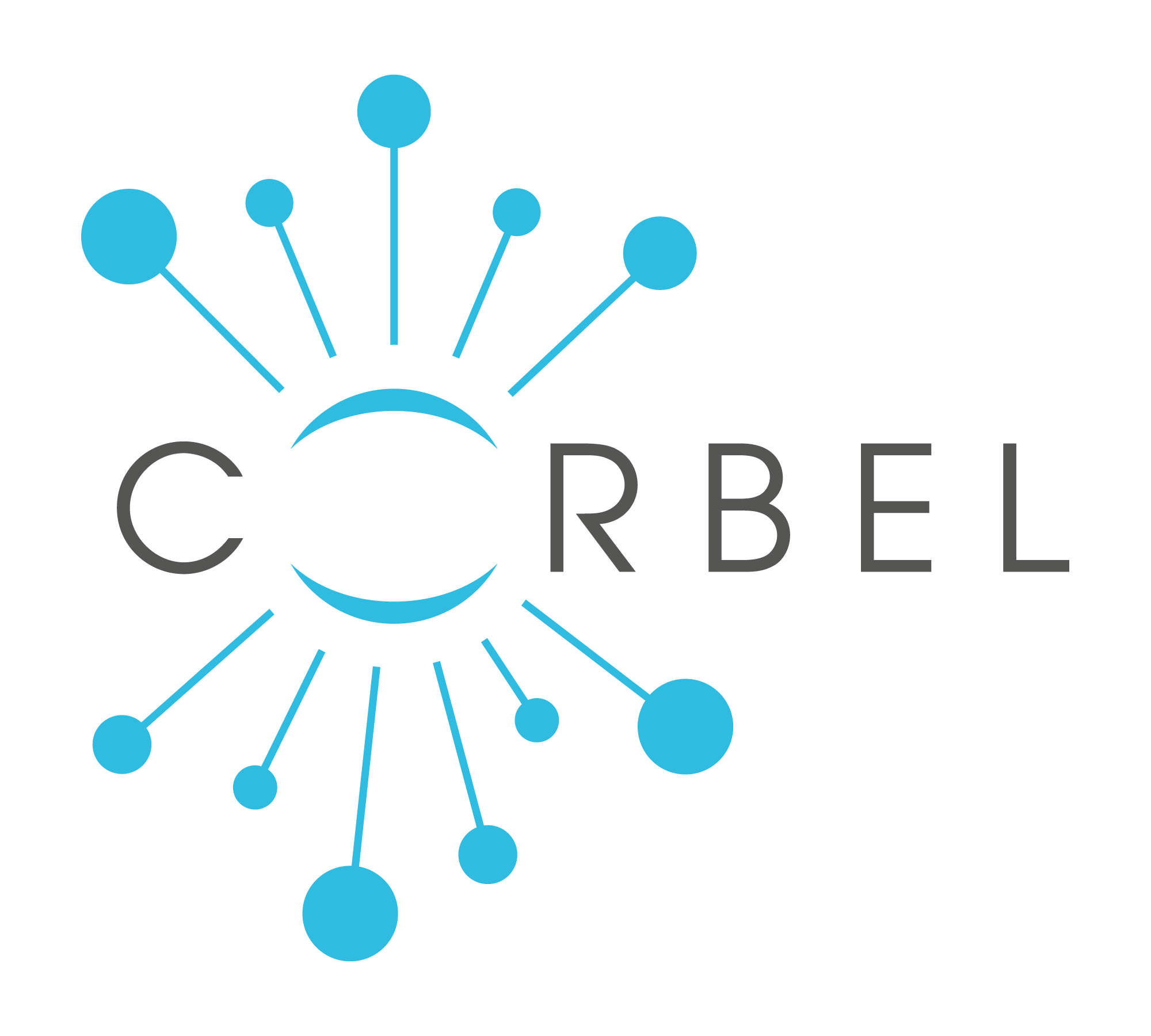|
Overview

Interest Alvinella pompejana is a polychaetous annelid that inhabits active deep-sea hydrothermal vent sites along the East Pacific Rise, where it colonizes the walls of actively venting high-temperature chimneys. An abundant, morphologically diverse epibiotic microflora is associated with the worm’s dorsal integument, with a highly integrated filamentous morphotype clearly dominating the microbial biomass. It has been suggested that this bacterial population participates in either the nutrition of the worm or in detoxification of the worm’s immediate environment
One of the more remarkable members of deep-sea hydrothermal vent communities is the colonial, tube-dwelling, polychaetous annelid Alvinella pompejana found inhabiting the walls of actively venting chimneys. Now thought to be one of the most thermotolerant metazoans known, A. pompejana appears restricted to the high-temperature vent sites from 178S to 218N on the East Pacific Rise. The harsh chimney environment is characterized by extreme temperature gradients (2 to 3508C) and high concentrations of sulfide and heavy metals in the vicinity of the worm colonies. Count Summary
The following features are currently present for this organism
Transcript Browser
The following browser provides a quick view for new visitors. Use the searching mechanism to find specific features.
Pages |


